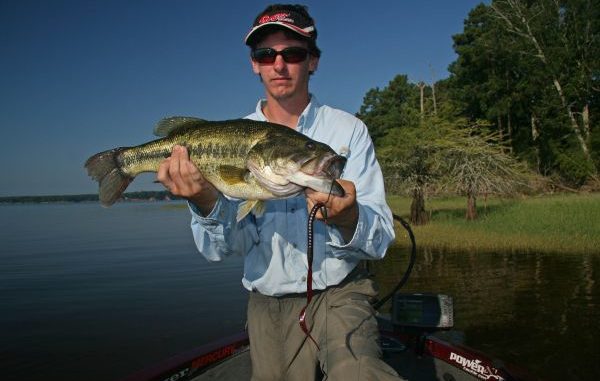
Now, with all this talk of subtle presentations with baits that are mostly made for such approaches, let’s not overlook the fact that bass lures built for speed don’t necessarily have to move at a peppy pace all the time.
In fact, pausing these fast movers can prove deadly on sluggish fish whose interest in feeding exceeds their desire to move.
“When you wind a squarebill crankbait and you hit a tree, most times you just keep right on winding,” Johnston said. “But during the summertime, you want to hit the tree, let the bait almost float back up to the surface, and then go back to winding it.
“Even with a spinnerbait, wind it and crash the bait into a log and just let it fall all the way to the bottom. Let it lie on the bottom a few seconds, and then start winding it.”
With the latter, sometimes just a little motion is the right motion. Alabama pro Russ Lane knows that slow-rolling a spinnerbait gives heat-weary bass a good look at the bait and presents an easy opportunity.
For optimal results, Lane takes a 3/4-ounce spinnerbait body with a lone No. 6 willow blade and attaches a 1/4-ounce rubber core sinker to the hook shank; adding the sinker leaves him with a total weight of an ounce, but a smaller profile than a standard spinnerbait of that weight.
The big willow allows him to fish very slowly, but the blade still has a lot of drag to allow him to maintain bottom contact.